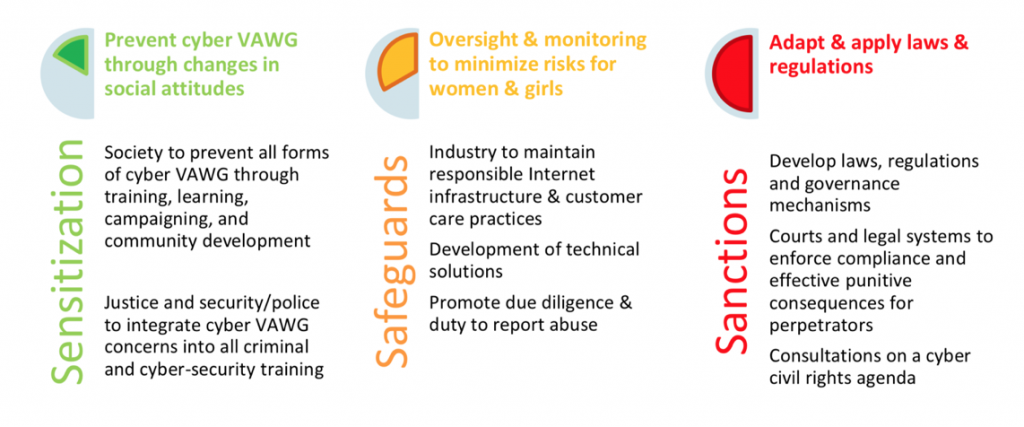Gender-based violence (GBV) is one of the most widespread human rights violations and is a real expression of unequal gender relations in a society. In Indonesia, gender-based violence is a very frequent cause of human rights violations. According to data from KOMNAS Perempuan, there has been a significant increase in the reporting of cases of violence experienced by women from year to year.
One form of gender-based violence that often happens at this time is cyber bullying. In the 2019 KOMNAS Perempuan’s Annual Note (CATAHU), there were 97 recorded cases of cybercrime. These cases include 125 cases of cyber violence against women.
How do they feel?
Some women try to express their opinions on this matter, here are some responses.
“Women who are exposed to GBV online are neglecting it, saying that they are not afraid and that what is happening online is not violence. But still, later, it hits them. ” – Interview with activist from Europe
“Many people think that because it is online it is not real. As if you can just turn it off. ” Interview with activist from MENA (Midlle East and North Africa).
“GBV online is also about access. In my country, women’s access to the internet often means that they go to cyber cafés. These can be dangerous, dominated by men, with sexist atmosphere and harassments. Going to these places may give women a bad reputation; a ‘good girl’ does not go to cyber cafés. “ – Interview with activist from Africa
“Sometimes online is even more dangerous. Offline we know how to protect ourselves, we know about where not to go, signs of attacks to a demonstration, safe house etc. We have indicators and tools. But online we don’t have that. We don’t know what we’ve agreed to, or who’s watching. ” Interview with activist from MENA
What we can do?
There are ways to fight against gender-based cyber violence, called 3 ’S’:
a. Sensitization – We need to change our social attitudes and norms, to shift the way how cyber violence is understood and how serious it is. We need a lot of public education, especially through our social media platforms.
b. Safeguards – Protection for online safety and equality on the Internet for women and girls. Government should provide safety facilities against violence include women’s shelters, crisis centers, help lines and education
c. Sanctions – Enforcement of sanctions through the courts and legal systems to create a deterrent effect, also enforce compliance and effective punitive consequences for perpetrators.

source : en.unesco.org
References :
1. [ BRIEF ] Gender-Based Violence Online
- Combatting Online Violence Against Women & Girls: A Worldwide Wake-up Call
https://en.unesco.org/sites/default/files/highlightdocumentenglish.pdf
